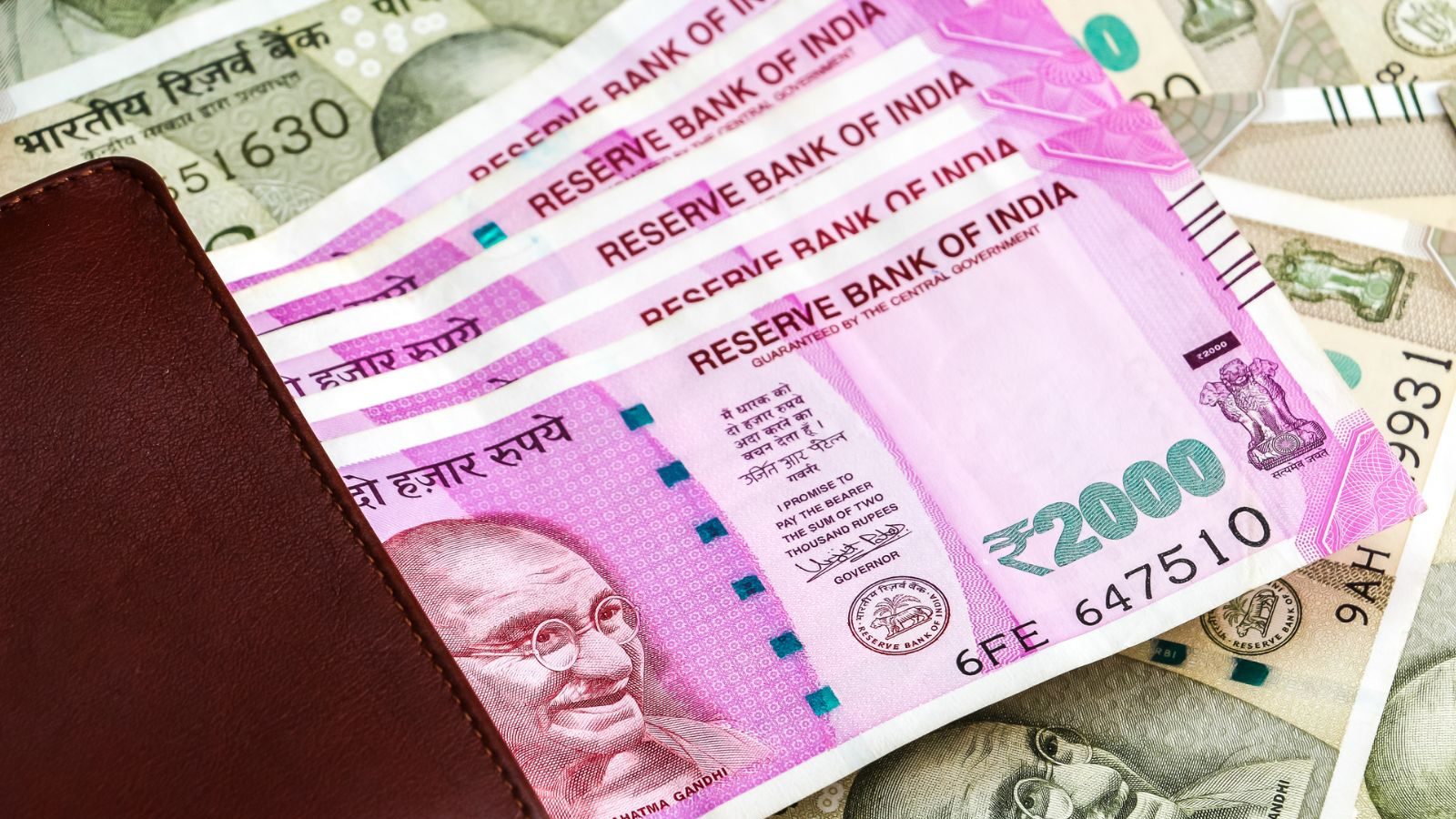NPS Vs Old Pension Scheme: Punjab To Restore Old Pension Scheme; Know Difference
NPS Vs Old Pension Scheme: Even as several states are mulling over re-introducing the old pension scheme (OPS), the Punjab government has decided to restore the OPS for its employees. The state government said employees will be given the option of adopting the old pension scheme or the New Pension Scheme (NPS).
In the Budget 2022, the Rajasthan government had also announced its plan to re-introduce the OPS for all state government employees from the next financial year. Chhattisgarh also followed suit. Ahead of the state Assembly polls in early 2021, Tamil Nadu ruling party DMK had also announced its intention to bring back OPS. The old pension scheme was was discontinued in 2004 and the NPS was introduced.
New Pension Scheme Vs Old Pension Scheme
The government’s old pension scheme, referred to as the Defined Benefit Pension System (DBPS), is based on the last pay drawn by the employee. The NPS is referred as the Defined Contribution Pension System (DCPS), in which the employer and employee contribute to build a pension wealth payable at the time of retirement by way of annuity/lumpsum withdrawal as per norms.
Under the OPS, the employee could withdraw 50 per cent of the last-drawn salary as pension after the retirement.
Under the NPS, a person is allowed to withdraw 60 per cent of the accumulated corpus contributed during his/ her working years at the time of retirement, which is tax-free. The remaining 40 per cent is converted into an annuatised product, which could currently provide the person a pension of 35 per cent of his/ her last-drawn pay.
The NPS is applicable to all employees joining services of the central government, including central autonomous bodies (except Armed Forces) on or after January 1, 2004. Many state governments have also adopted NPS architecture and implemented NPS mandatorily for their employees joining on or after a cut-off date.
In the case of pre-mature exit under the National Pension System, at least 80 per cent of the accumulated pension wealth of the subscriber has to be utilised for purchase of an annuity providing the monthly pension to the subscriber and the balance is paid as a lump sum to the subscriber.
Under the scheme, subscribers can also continue to contribute to the NPS beyond his/ her retirement, up to 70 years of age, and avail additional tax benefit on the contribution.
According to media reports, the central government is planning to make the reform-oriented National Pension System (NPS) more attractive by increasing its annuatised amount for the employees. The pension under the NPS, if government decides to raise the annuatised amount to 60 per cent, could be 45 per cent of the last-drawn salary. The 5 per cent gap can be bridged by the government concerned by contributing a little more to NPS.
The employees will also have the option to withdraw the corpus out of their own contribution entirely at the time of exit, as per reports.
Read all the Latest Business News here
For all the latest business News Click Here

